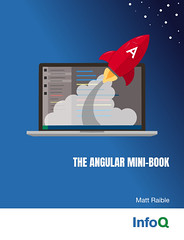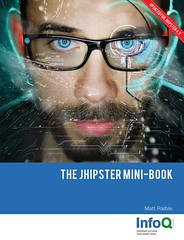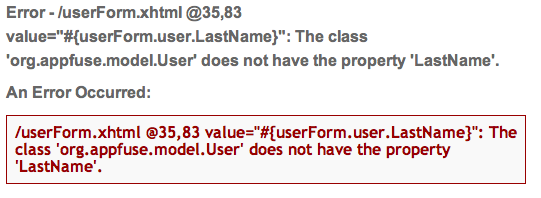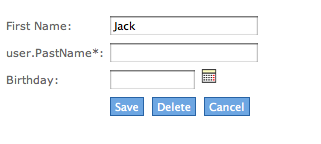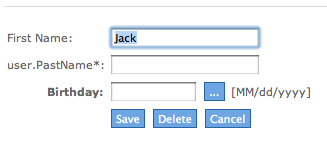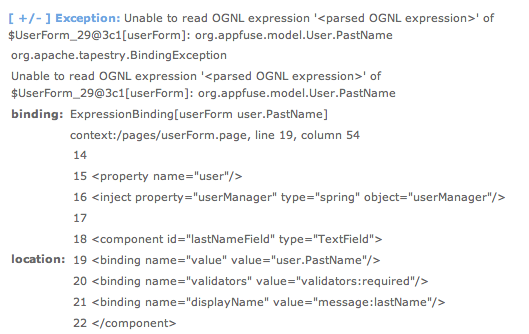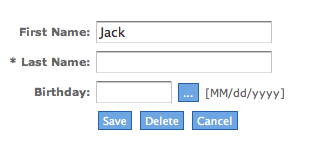It's a great time to live in Denver
The past week has been an incredible time to live in Denver. It all started last Monday when I went to the Rockies vs. Padres Wildcard Game. It was a beautiful night, we had club-level seats and the Rockies beat the Padres in a 13-inning, 5-hour marathon. It was the best baseball game I've ever seen in my life.
Fast forward to last weekend. The kids and I rented a condo in Winter Park with some friends. It was an awesome 5-bedroom place with a great view of the ski resort, a nice hot tub and an ideal location to watch Saturday night's sweep of the Phillies.
After a hike in the warm mountain air on Saturday, I received a phone call from a friend saying he couldn't make it to the Broncos game on Sunday and asked if I wanted his tickets. I leaped at the opportunity and sped down the mountain on Sunday to go to the game. While the Broncos game was pretty bad, it was still fun going to the stadium and watching them play.
The fun hasn't stopped yet either - I (somehow) got free VIP tickets to a Nuggets pre-season game tomorrow night and this weekend is the Great American Beer Festival. Unfortunately, I'm out of town for all the Arizona games, but I should be in town for the World Series. 
